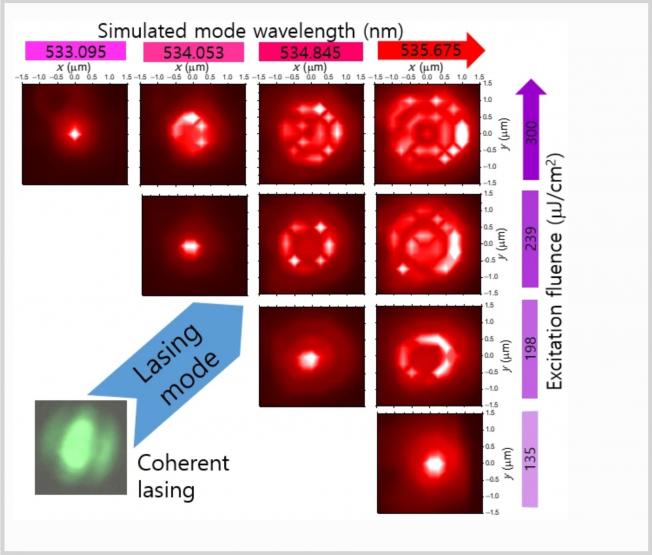PHOTOTHERMAL DETECTION OF PICOSECOND PHOTOINDUCED DICHROISM
JOURNAL DE PHYSIQUE 44:NC-6 (1983) 579-585
PICOSECOND CONTINUUM GENERATION AND SPECTROSCOPY
PROCEEDINGS OF THE SOCIETY OF PHOTO-OPTICAL INSTRUMENTATION ENGINEERS 369 (1983) 379-384
PICOSECOND STUDIES OF LUMINESCENCE OF CIS POLYACETYLENE
JOURNAL OF PHYSICS C-SOLID STATE PHYSICS 16:20 (1983) L729-L732
PICOSECOND TIME-RESOLVED LUMINESCENCE OF GATE
JOURNAL OF THE OPTICAL SOCIETY OF AMERICA 73:10 (1983) 1386-1386
ACTIVE-MODE STABILIZATION OF A SYNCHRONOUSLY PUMPED MODE-LOCKED DYE-LASER
OPTICS COMMUNICATIONS 41:4 (1982) 271-276



